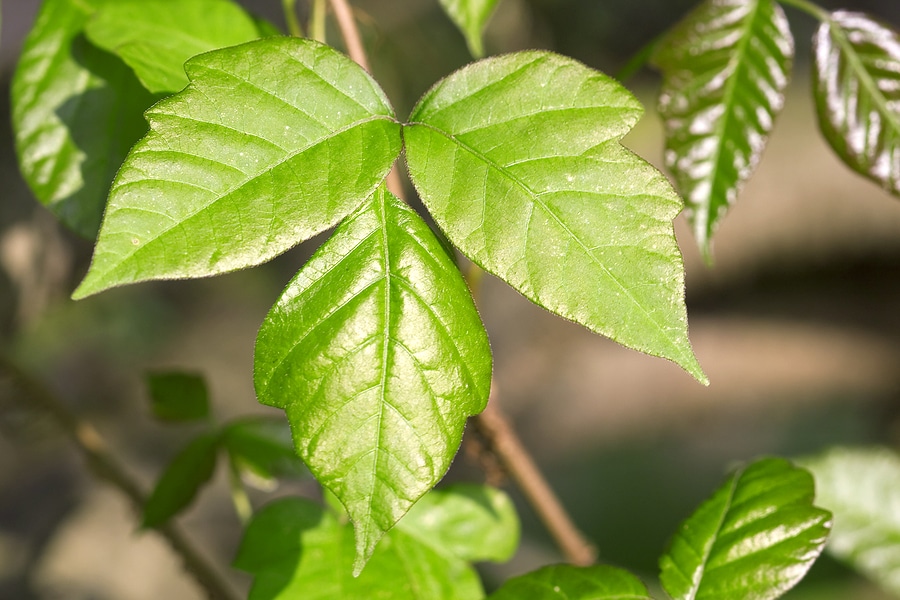Our great state of North Carolina is both beautiful and ever-changing. Because North Carolina is home to both indigenous and transplanted plants, it can be hard to keep up with what plants you can expect to see both in your neighborhood and around the state. At Nature’s Select™ Premium Turf Services, Inc., our team wants to save you hours and possibly days of discomfort by sharing this list of plants that you should never touch so you can identify and safely dispose of them, should they ever grow on your property.

Poison Ivy
Most commonly found in Western North Carolina, poison ivy is perhaps the most well-known toxic plant that you will encounter. The plant can grow as a climbing vine, a low-spreading vine, and as a shrub. The poison element of these plants is an oil called urushiol which can be found in the roots, stems, leaves, flowers, and seeds of a poison ivy plant. Any contact with the oil can cause very uncomfortable and lingering skin reactions. It’s especially important to be aware of these plants in the wintertime as the oil can even cause a reaction when burned. So, if you plan to cut up your own firewood this year, be sure your wood isn’t contaminated with poison ivy.
Poison Oak
Like poison ivy, poison oak can also be found in North Carolina and all the parts of the plant can be quite toxic. The sap from this plant is unique in that it is phototoxic, which means you may not feel the effects right away, but once ultraviolet rays touch the exposed area you will be in a world of discomfort. Poison oak can cause redness and severe blistering sometimes even resembling second-degree burns. In fact, in some cases, the scarring or pigment changes to your skin can last for years. It grows as a vine or a shrub but has leaves that look more like oak leaves, typically—but not always—with three leaflets.
Poison Sumac
Finally, the least common but still found in North Carolina is poison sumac. It grows as a shrub or small tree with seven to 13 leaflets on each leaf stem and can cause large, painful rashes on the skin. Unlike poison ivy or poison oak, poison sumac isn’t easily identifiable by its three leaves and is actually quite an attractive plant. It resembles a reddish fern and can change color through the seasons.
At Nature’s Select™, we serve our customers with expert advice as well as expert lawn care services. Our biological products are effective, sustainable, and easy on pollinators. Contact us today at (336) 768-7999 to request your free estimate.
